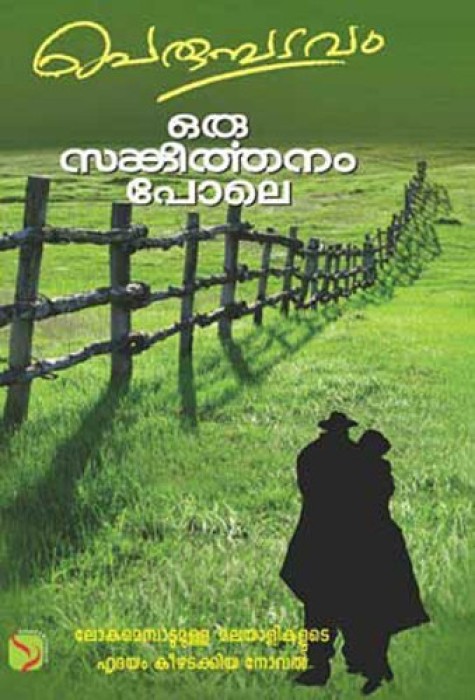

Kerala’s status as India’s most literate state has seen the growth of a strong and dynamic book culture. The intention is not to privilege one viewpoint over the other but to explore possibilities of Indian children’s literature that can reflect the interconnectedness of regions, languages and cultures while retaining distinct individual voices.Ĭhildren’s publishing in Malayalam has a long history.

Engaging with narratives for children in English first and then in different languages offers one a vantage point that is more objective than subjective. On the other hand, one might also be guilty of ignoring a large section of children aspiring to learn English as a language of empowerment.īefore discussing children’s books in Malayalam, based on Tulika’s experience of publishing in English and eight more Indian languages, I must clarify that as someone who has not grown up reading books in Malayalam, the views expressed here are selective rather than comprehensive and entirely urban English in focus.

To scoff at them as being western and rootless is, therefore, to dismiss a growing generation of children thinking and speaking in English, even while experiencing their native languages through films, songs and television. Relating to an Indian language and its culture through English and vice versa brings an interconnectedness of the local and the universal in their stories.

The style and perspective these authors bring to their writing comes from a culturally unique ‘translated’ sensibility. It is a dynamic cultural identity that is changing and evolving constantly. Though many of them continue to be merely imitative, the best of them have a distinct identity. In books published in English in India, we clearly see the influence of the west, in terms of the creativity they exhibit, the attitudes they reflect and the worldviews presented in them. This has conditioned our understanding of what books our children should read. In addition is a certain cultural attitude to childhood, which makes us see it as a stage in life that needs to be disciplined rather than nurtured. While the reasons for the conventionality in much of children’s publishing in India are historical, political, and economical, at the root of the problem is an education system in which the textbook is central to the exclusion of almost any other kind of reading material. Though we cannot wish away the digital divide that makes the technology inaccessible to a majority of children, it does touch their lives in subtle ways in an increasingly wired world. Of course, there are exceptions in every language, but unless we allow children’s books to erase these borders, they will remain out of step with a new generation of young people growing up in a digital world and, with increasing frequency, freely crossing borders of language and culture. Parochial attitudes further confine the space, while the market reinforces these borders, even as it creates new ones. They exist in their own world, fenced in by their own cultural beliefs and biases regarding, both children as well as the content, style and tone of children’s books. What is true of children’s books in Malayalam is, to a large extent, true of books in other Indian languages too. Radhika Menon, Managing Editor, Tulika Publishers, for The Book Review, November 2007 Against Borders: Children's books in Malayalam


 0 kommentar(er)
0 kommentar(er)
